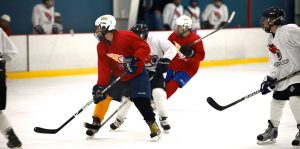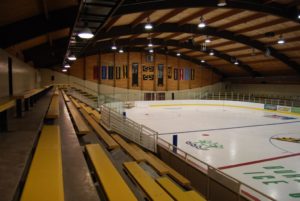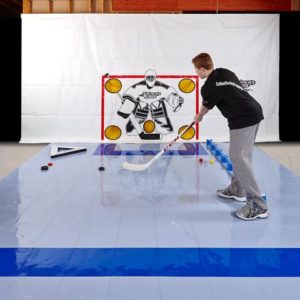11
September
This Season: Are You A First Line Player?
Posted by Greg Carter

Each year at the start of the season after tryouts, players and parents are revved up with anticipation about where they will fit in on their team, what their role will be, and of course, what position they will play and the biggest question, what line will they be on?
At younger ages however, it is important to pump the brakes a bit, and to keep the larger development picture in perspective. The better players are not just the players who did the best at tryouts. They are players who understand all aspects of the game. They are players that are able to adapt to all situations in the game, offensively and defensively, are able to skate competitively both forwards and backwards, and understand the importance of “positional versatility” as it is described in a recent USA Hockey article:
“The ability to be versatile is a key component of today’s successful hockey player,” said USA Hockey’s Bob Mancini, an American Development Model regional manager. “And it starts in youth hockey. Playing multiple positions at a young age does more than just give options to kids and their coaches. By playing and learning multiple positions, players view the game from different areas and understand how to better defeat opponents in the small battles that typically pit one position against another. So the benefits can be immediate, and they can also be long-term. Years down the road, those youth hockey days of playing multiple positions can pay big dividends.”
Being able to play multiple positions will help players not only with their long term development, but also immediately this season, as you seek to find your place, and role, on a team. There are numerous success stories about prep, collegiate and professional players who earned a spot on a top team – and the top line – playing a position other than the one they anticipated. The great players know how to play all positions, and how to accept their role on a team.
As an old coach of mine used to say, it’s more important to be a complete player, than a first line player.
So as you start the season, rather than focusing on the first, second or third line, keep in mind all of the hard work that you put in at hockey camp and your off-season goals, and remember that playing all positions is just as important in long term development as is playing first line center or first line wing. The best players will always find a way to play together, and sometimes that might mean playing defense instead of center.
The question is, will you be prepared, and ready to play?





 Subscribe
Subscribe Subscribe
Subscribe




